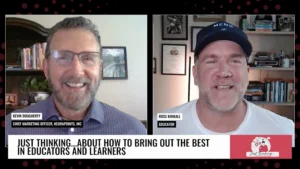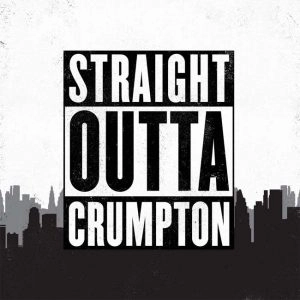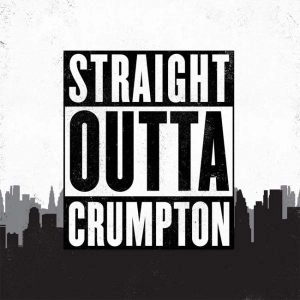Protective Covers and HVAC Equipment
Protecting HVAC equipment from the elements is a challenge, particularly when it comes to transporting big-ticket equipment and ensuring it arrives in perfect condition. Customers pay a high price for these units and expect them to arrive in pristine, factory-fresh condition. However, while in storage or in transit, there are a number of elements that will cause damage to HVAC systems, including corrosion, moisture, sun, snow, dust, road grime, rodents, and scratching.
Transhield’s custom protective covers are created using the most innovative fabrics in the industry, helping HVAC system manufacturers protect expensive equipment and sensitive components from costly and unpredictable environmental hazards during storage and transit.
HVAC Systems have Unique Configurations
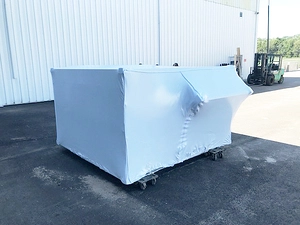 Today, HVAC units are available in a variety of configurations, featuring integral components such as compressors, expansion devices, reversing valves, check valves, coolant lines, and ducts, as well as indoor and outdoor coils, fan motors, and blowers. Residential and light commercial HVAC systems are spatially designed to fit a variety of facilities. Split systems, package units, and rooftop units are available in different subtypes, including heat pumps with air handlers, air conditioning combined with a furnace, or stand-alone AC units.
Today, HVAC units are available in a variety of configurations, featuring integral components such as compressors, expansion devices, reversing valves, check valves, coolant lines, and ducts, as well as indoor and outdoor coils, fan motors, and blowers. Residential and light commercial HVAC systems are spatially designed to fit a variety of facilities. Split systems, package units, and rooftop units are available in different subtypes, including heat pumps with air handlers, air conditioning combined with a furnace, or stand-alone AC units.
Further, in refrigerant-based AC systems, the refrigeration cycle uses one heat exchanger, an evaporator, to gather heat from an indoor space and move it to another heat exchanger, a condenser, located outdoors. Non-refrigerant cooling systems on the other hand, use evaporative cooling via outdoor heat exchangers, commonly referred to as “swamp coolers.” Heating can be accomplished through several methods, including boilers that create hot water or steam directed through radiators, or by using gas, oil, or electricity in a furnace to heat air distributed through blowers and ducts.
Delicate HVAC Components Must be Protected
What do all these HVAC systems have in common? Each employs many complex and expensive components which can be easily damaged during transport or storage. And due to the outdoor placement of many HVAC units while they are waiting to be installed, the risk of damage increases.
Weather events such as lightning, power surges, hail, and wind can cause immediate harm to valuable HVAC assets; but corrosion over time can be equally as damaging. Areas where water tends to accumulate or has the opportunity to condense, such as in ductwork, drain pans, condensers, evaporator coils, and fan blades are more prone to rust. During transit, equipment may be subjected to rain, snow, heat, and cold, creating opportunity for corrosion before the unit has even been put into use. Equipment in transit may even be vulnerable to factors it will otherwise never see during its operating life, such as road debris and rock salt. Worse off, are the HVAC system-components that sit outdoors, waiting to be installed – sometimes exposed to the harsh elements for days at a time.
Protective Covers are a Wise Investment
The old expression is true: An ounce of prevention is worth a pound of cure. HVAC units are susceptible to damage from the moment they come off the line, as they are stored and packaged before delivery, as they ship out of the factory, and as they are in use through the end of their life. Entire commercial HVAC units can cost up to $100k depending on the system, and repair costs can range up to $2,500 or more depending on which part or parts need repair. These costs multiply depending on how many units may have been affected during storage or transit. Protecting your product as it’s deployed can save thousands of dollars.
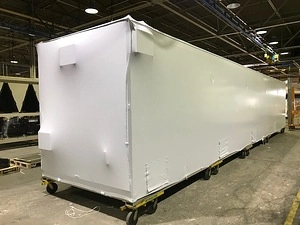 Proven to reduce corrosion by up to 95%, Transhield’s covers are constructed using their patented anti-corrosion technology and proprietary heavy-duty fabric, guaranteed to better protect valuable equipment from environmental hazards during transit and storage. Available in both shrinkable and non-shrinkable formulations, Transhield’s custom-fit covers are easy to install, and provide a snug, aerodynamic fit, keeping costly equipment, such as HVAC systems, debris-, dust-, dirt- and moisture-free. Featuring a soft interior layer that protects against etching and scratching, a middle layer with an optional VCI inhibitor to extract moisture, and a sturdy, durable UV resistant polyethylene film outer layer, Transhield covers protect HVAC systems from the harsh elements and unpredictable factors that can lead to corrosion and degradation. Best of all—an added benefit for end consumers—these covers can protect units even when in operation, prolonging the lifecycle of their systems.
Proven to reduce corrosion by up to 95%, Transhield’s covers are constructed using their patented anti-corrosion technology and proprietary heavy-duty fabric, guaranteed to better protect valuable equipment from environmental hazards during transit and storage. Available in both shrinkable and non-shrinkable formulations, Transhield’s custom-fit covers are easy to install, and provide a snug, aerodynamic fit, keeping costly equipment, such as HVAC systems, debris-, dust-, dirt- and moisture-free. Featuring a soft interior layer that protects against etching and scratching, a middle layer with an optional VCI inhibitor to extract moisture, and a sturdy, durable UV resistant polyethylene film outer layer, Transhield covers protect HVAC systems from the harsh elements and unpredictable factors that can lead to corrosion and degradation. Best of all—an added benefit for end consumers—these covers can protect units even when in operation, prolonging the lifecycle of their systems.
For over twenty years, Transhield has been providing solutions to help protect machinery and equipment from costly damage and corrosion, offering superior products backed by unparalleled service. To learn more about our protective process—the Transhield Difference—visit https://transhield-usa.com/learn-support/protective-process/ today.





